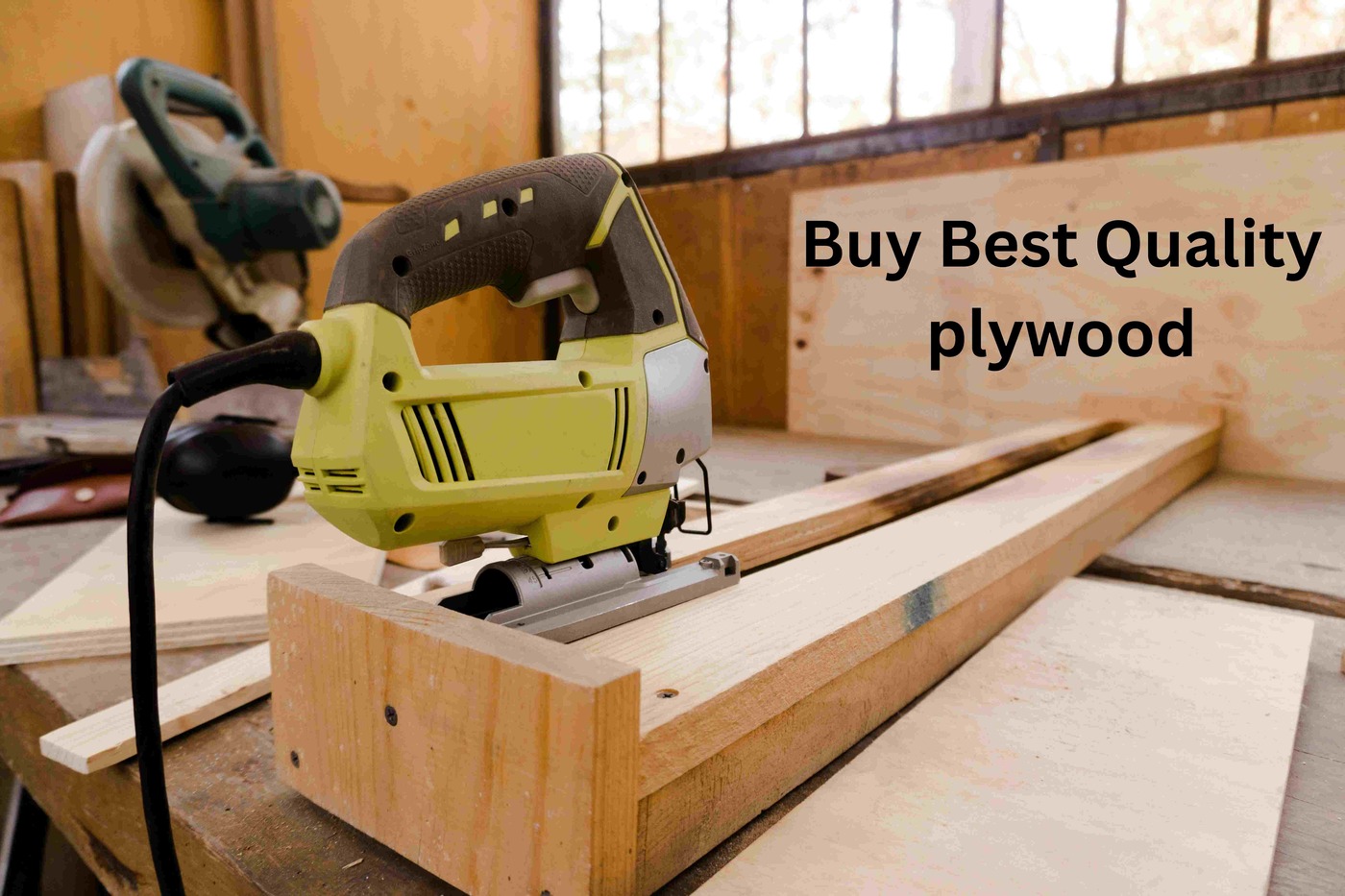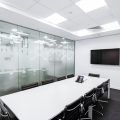Plywood has been a staple in the construction and furniture industries for decades, and for good reason. This engineered wood product offers a unique combination of strength, versatility, and cost-effectiveness that makes it a popular choice for various applications. In this comprehensive guide, we’ll explore the top three advantages of plywood and delve into why it continues to be a preferred material for both professionals and DIY enthusiasts alike.
What is Plywood?
Before we dive into the advantages, let’s briefly discuss what plywood actually is. Plywood is an engineered wood product made by gluing together thin layers (called plies) of wood veneer. These layers are typically arranged with the grain of each layer perpendicular to the adjacent layers, creating a strong and stable panel.
Advantage 1: Exceptional Strength and Durability
One of the most significant advantages of plywood is its remarkable strength and durability. This characteristic sets it apart from many other wood products and makes it an ideal choice for a wide range of applications.
The Science Behind Plywood’s Strength
Plywood’s strength stems from its unique construction:
- Cross-grain layering: The alternating grain direction of each ply contributes to plywood’s overall strength and stability.
- Even distribution of load: The layered structure helps distribute weight and stress evenly across the panel.
- Resistance to warping and splitting: The cross-grain construction minimizes the wood’s natural tendency to warp or split.
Comparison of Plywood Strength to Other Materials
To better understand plywood’s strength, let’s compare it to some other common materials:
| Material | Strength-to-Weight Ratio | Resistance to Warping | Cost-Effectiveness |
|---|---|---|---|
| Plywood | High | Excellent | Good |
| Solid Wood | Medium | Fair | Fair |
| Particleboard | Low | Poor | Excellent |
| MDF | Medium | Good | Good |
As we can see, plywood offers an excellent balance of strength, stability, and cost-effectiveness compared to other materials.
Applications Leveraging Plywood’s Strength
The exceptional strength of plywood makes it suitable for various applications, including:
- Structural support in construction
- Flooring and subflooring
- Roof sheathing
- Furniture making (including the best plywood for bed frames)
- Boat building
- Concrete formwork
Advantage 2: Versatility and Adaptability
The second major advantage of plywood is its incredible versatility. This adaptability makes it a go-to material for a wide array of projects and industries.
Types of Plywood for Different Applications
Plywood comes in various grades and types, each suited for specific uses:
- Softwood Plywood: Ideal for construction and general purpose use
- Hardwood Plywood: Perfect for furniture and cabinetry
- Marine Plywood: Designed to withstand moisture and humidity
- Aircraft Plywood: Ultra-lightweight and strong for aerospace applications
- Decorative Plywood: Features attractive veneers for visible surfaces
Plywood in Furniture Making
When it comes to furniture making, plywood is often the material of choice. Let’s explore why it’s particularly well-suited for bed construction:
The Best Plywood for Bed Frames
When searching for the best plywood for bed frames, consider the following options:
- Baltic Birch Plywood: Known for its strength and attractive appearance
- Marine-Grade Plywood: Excellent for moisture resistance in humid environments
- Maple Plywood: Offers a good balance of strength and aesthetic appeal
These options provide the necessary strength and stability for a long-lasting bed frame while also offering aesthetic versatility to match various design styles.
Plywood in Construction
In the construction industry, plywood’s versatility shines through in numerous applications:
- Wall sheathing
- Roof decking
- Concrete formwork
- Temporary bracing
- Underlayment for flooring
Its ability to be easily cut, shaped, and fastened makes it a favorite among builders and contractors.
Advantage 3: Cost-Effectiveness and Sustainability
The third major advantage of plywood lies in its cost-effectiveness and potential for sustainability, making it an attractive option for both economic and environmental reasons.
Cost Comparison: Plywood vs. Other Materials
Let’s compare the cost of plywood to some alternatives:
| Material | Average Cost per Square Foot | Durability | Ease of Use |
|---|---|---|---|
| Plywood | $0.50 – $1.50 | High | Excellent |
| Solid Wood | $2.00 – $6.00 | High | Good |
| Particleboard | $0.40 – $0.65 | Low | Fair |
| MDF | $0.60 – $1.00 | Medium | Good |
As we can see, plywood offers a great balance of cost, durability, and ease of use compared to other options.
Environmental Impact and Sustainability
Plywood can be a more sustainable choice compared to solid wood for several reasons:
- Efficient use of wood: Plywood maximizes the use of a tree, reducing waste.
- Renewable resource: Many plywood manufacturers use wood from sustainably managed forests.
- Long lifespan: The durability of plywood means it doesn’t need to be replaced as often, reducing overall resource consumption.
Recycling and Upcycling Potential
Another aspect of plywood’s sustainability is its potential for recycling and upcycling:
- Recycling: Old plywood can be chipped and used in the production of particleboard or as mulch.
- Upcycling: Creative DIY enthusiasts often repurpose old plywood into new furniture or decorative items.
Q: Is plywood waterproof?
A: Standard plywood is not waterproof, but there are water-resistant options like marine plywood available for moisture-prone applications.
Q: How long does plywood last?
A: With proper care and treatment, plywood can last for decades, especially when used in interior applications.
Q: Can plywood be painted or stained?
A: Yes, plywood can be painted or stained to achieve various finishes and looks.
Q: Is plywood stronger than solid wood?
A: In many applications, plywood can be stronger than solid wood of similar thickness due to its cross-grain construction.
Q: What’s the difference between plywood and OSB?
A: Plywood is made from thin wood veneers, while OSB (Oriented Strand Board) is made from wood strands or flakes. Plywood is generally considered stronger and more durable.
Q: Can plywood be used outdoors?
A: Certain types of plywood, such as marine-grade or pressure-treated plywood, are suitable for outdoor use when properly sealed and maintained.
Q: Is plywood eco-friendly?
A: Plywood can be eco-friendly, especially when sourced from sustainably managed forests and when its long lifespan is considered.
Q: What’s the best plywood for bed frames?
A: Baltic birch, marine-grade, or maple plywood are excellent choices for bed frames due to their strength and stability.
Conclusion
In conclusion, plywood stands out as a remarkable material with three key advantages: exceptional strength and durability, versatility and adaptability, and cost-effectiveness coupled with sustainability potential. These qualities make it an excellent choice for a wide range of applications, from construction and furniture making to DIY projects and beyond.
Whether you’re a professional builder, a furniture maker searching for the best plywood for bed frames, or a weekend warrior tackling home improvement projects, plywood offers a reliable and flexible solution. Its unique construction provides strength that rivals many solid wood options, while its versatility allows it to be used in countless ways across various industries.
Moreover, the cost-effectiveness of plywood, combined with its potential for sustainability, makes it an attractive option for those conscious of both their budget and environmental impact. As we continue to seek materials that balance performance with sustainability, plywood remains a top contender in the world of engineered wood products.
As with any material, it’s essential to choose the right type of plywood for your specific application and to properly maintain it to ensure its longevity. By understanding and leveraging the advantages of plywood, you can make informed decisions that lead to successful, durable, and cost-effective projects.
In the ever-evolving landscape of construction and design materials, plywood continues to hold its ground as a versatile, reliable, and innovative solution. Its three main advantages – strength, versatility, and cost-effectiveness – ensure that plywood will remain a staple material for years to come, adapting to new challenges and applications while maintaining its core benefits.



















No Comments